Sony smartphones: a complete history of Xperia flagship phones ahead of Xperia 1 III
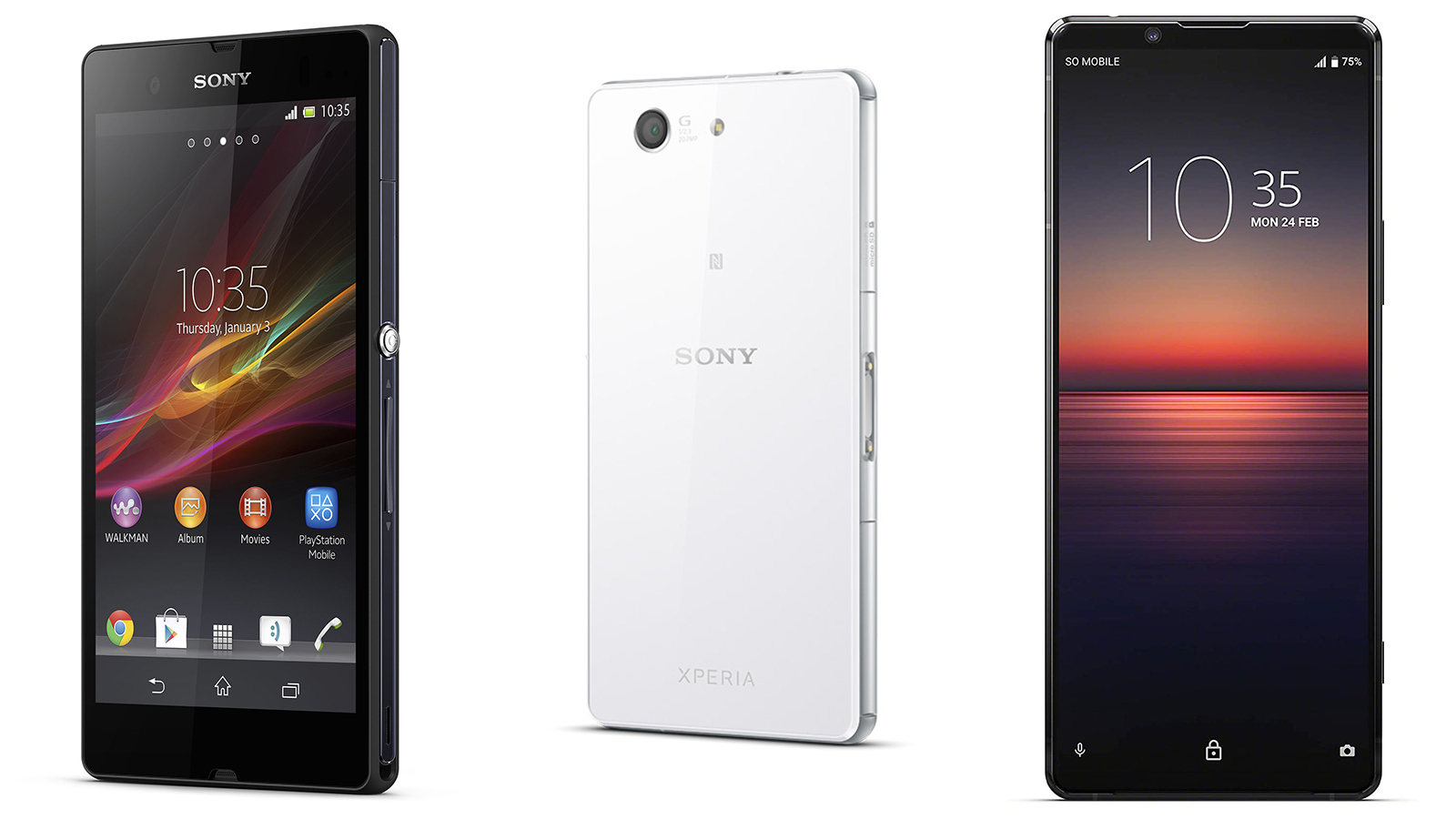
Sony has been making top-quality smartphones for longer than you might have realized, and to help jog your memory, we're going to take a look back at the history of its flagship Xperia handsets – or at least the part of its history that goes as far back as 2013 anyway.
That's when the Sony Xperia Z arrived, and it marked one of many minor resets that the series has had down the years, with a tweaked design and new features to appeal to the masses. It's a lot different to today's phones, but it's still recognizable as a Sony Xperia.
- Check out the best Android phones you can buy right now
- All the best smartphones of the moment in one place
Something else that has been consistent down the years has been Sony's unconventional naming strategy for its phones – it's been difficult to keep track of which phone fits where, with different numbers, letters and even Roman numerals making an appearance.
We'll simplify everything for you by focusing on the headline flagships of each year, with a brief mention of some of the other variants that came around the same time as each of the main phones. It's a fascinating look back across the history of smartphone development.
Sony Xperia Z (2013)

The smartphone scene was very different back in 2013, and the Sony Xperia Z proves it: it ran the Qualcomm Snapdragon S4 Pro chipset and came with just 2GB of RAM and 16GB of internal storage. There was a single 13.1MP camera on the back, while the LCD display on this handset stretched to a whole 5 inches corner to corner, running at a resolution of 1080 x 1920 pixels.
Some of the regular traits of Sony flagships were in place even at this early stage, including dust and water protection – the IP57 rating that this phone got was very good for the time. The Xperia Z also ushered in a new design language for Sony phones, with an angular, unapologetically rectangular aesthetic that's still in evidence today.
In our original Sony Xperia Z review we praised the water resistance and audio output quality of the phone, and the addition of 4G LTE – by no means a given at the time. In terms of the negatives, we weren't happy that the phone came without a removable battery (remember those?). The phone had Android 4.1.2 Jelly Bean on board.
Sign up for breaking news, reviews, opinion, top tech deals, and more.
Sony Xperia Z1 (2013)
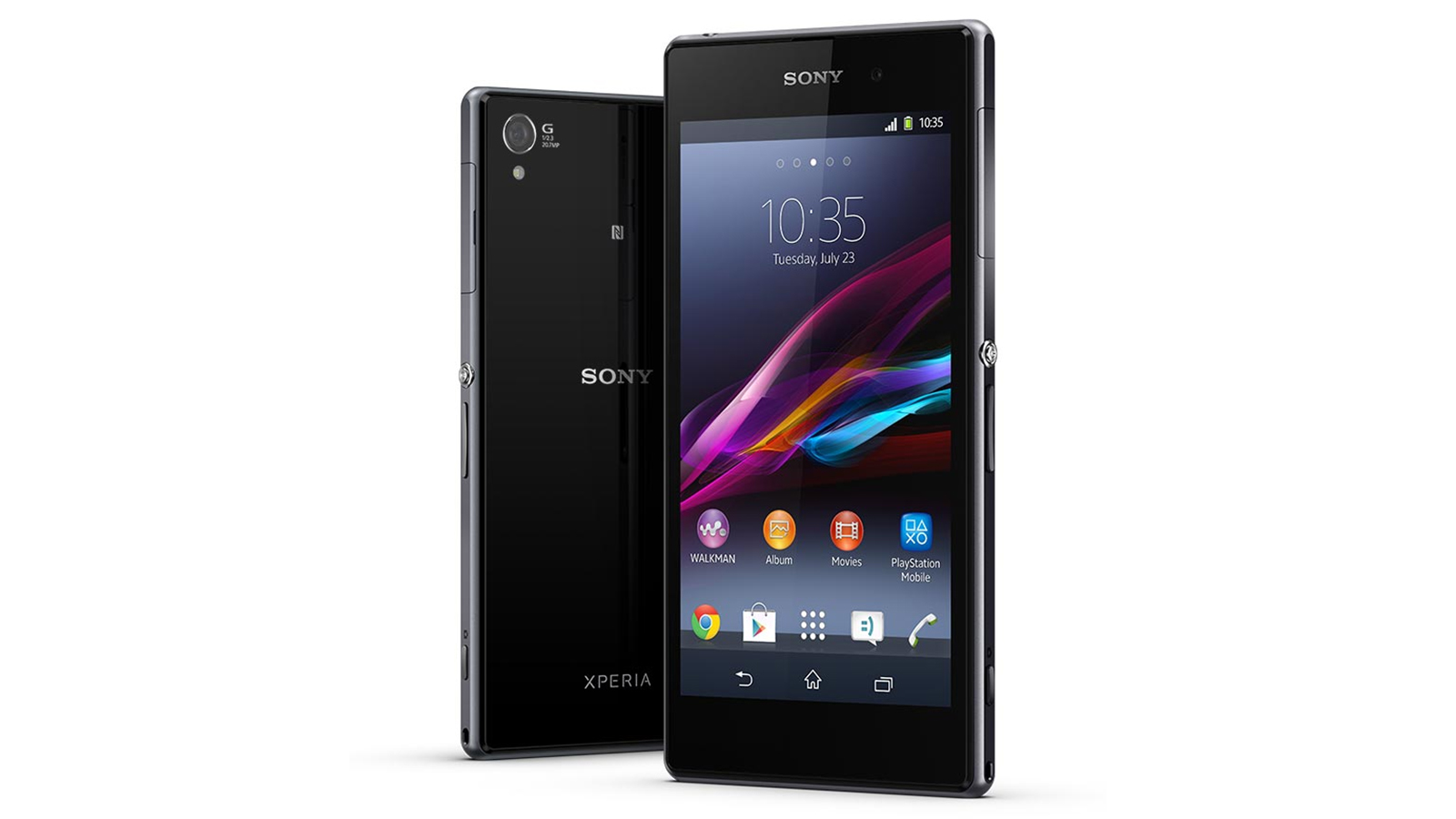
The Xperia Z was swiftly followed by the Sony Xperia Z1 later the same year, with a very impressive 20.7 megapixel rear camera that beat out most of the competition at that time (the iPhone 5S of the same year managed an 8MP rear camera). Sony has long been prioritizing a good camera setup, and that's been consistent down the years.
While the starting RAM and internal storage specs stayed the same (a 32GB storage option was added), the processor did get a boost to the Qualcomm Snapdragon 800, so together with the camera upgrade it was a worthwhile new release despite coming so quickly after its predecessor. The phone sported a 5-inch, 1080 x 1920 LCD display, again like the Xperia Z, and it came running Android 4.2 Jelly Bean.
In our Sony Xperia Z1 review the design of the phone and that camera were definite highlights, as was the waterproofing and the performance of the phone with that faster Snapdragon 800 inside. Sony wasn't quite finished with phones in 2013 though, squeezing in the launch of the smaller Z1 Compact before the end of the year.
Sony Xperia Z2 (2014)
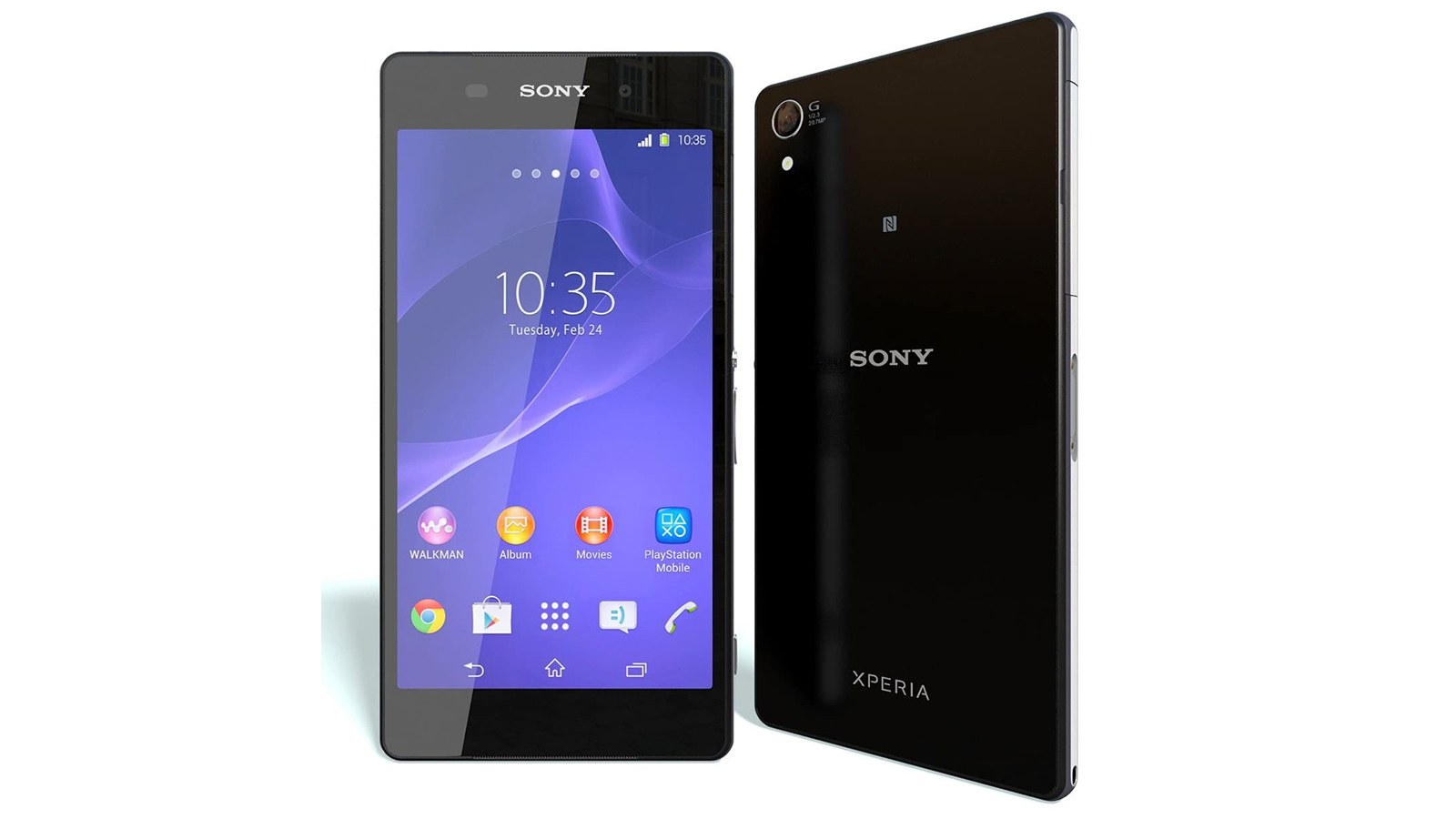
The Sony Xperia Z2 wasn't a huge jump from the Xperia Z1 – the rear camera module was the same, the 16GB starting point for internal storage was the same, and the RAM and processor got small bumps to 3GB and the Qualcomm Snapdragon 801 respectively. The IP rating went up a notch to IP58 and the LCD display now stretched to 5.2 inches (while sticking to the 1080 x 1920 pixel resolution).
The phone came with Android 4.4.2 KitKat when it launched on the software side, and in terms of the hardware design you can see a slow evolution towards the Sony Xperia flagships that we know today. Also notable was the 4K resolution video recording offered by the phone, a real innovation back in 2014.
Our Sony Xperia Z2 review mentioned a lot of plus points, though the minuses included some bugs with that 4K video recording, and what we described as a "bezel-heavy design" compared with what other phone manufacturers were doing. There was no Xperia Z2 Compact this time around, but there was, confusingly, an Xperia Z2 Tablet.
Sony Xperia Z3 (2014)
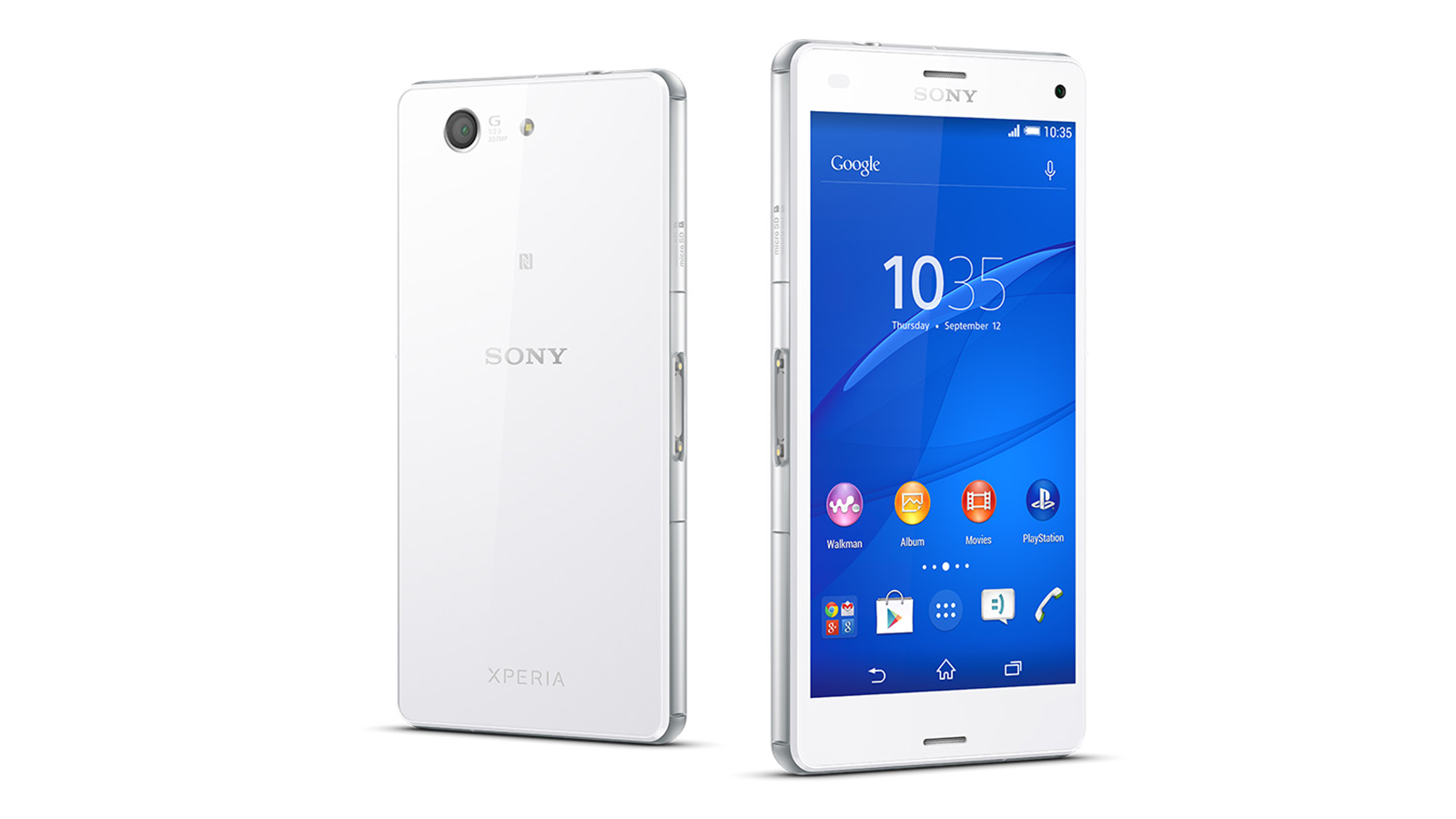
Sony's two-flagships-a-year approach continued with the arrival of the Sony Xperia Z3 later in 2014, but there was barely any change from the Xperia X2. The IP rating went up to IP68, the battery got slightly bigger, a 32GB storage option was added, and the phone came running the newer Android 4.4.4 KitKat.
And that was it: this is one of the smallest upgrades in smartphone history. The cameras, processor and screen size and resolution were all identical on the Xperia Z3, so there really wasn't any need to upgrade if you had bought the Xperia Z2 a few months prior. The design was improved slightly though, and the display got brighter.
Read through our Sony Xperia Z3 review from the time and you'll see that we found ourselves rather impressed by the phone, even if it wasn't a massive leap from what had gone before. The premium design came in for particular praise, showing that Sony has always known how to make a decent-looking gadget. The Z3 had both a Compact and a Tablet version as well – the full set.
Sony Xperia Z3+ (2015)
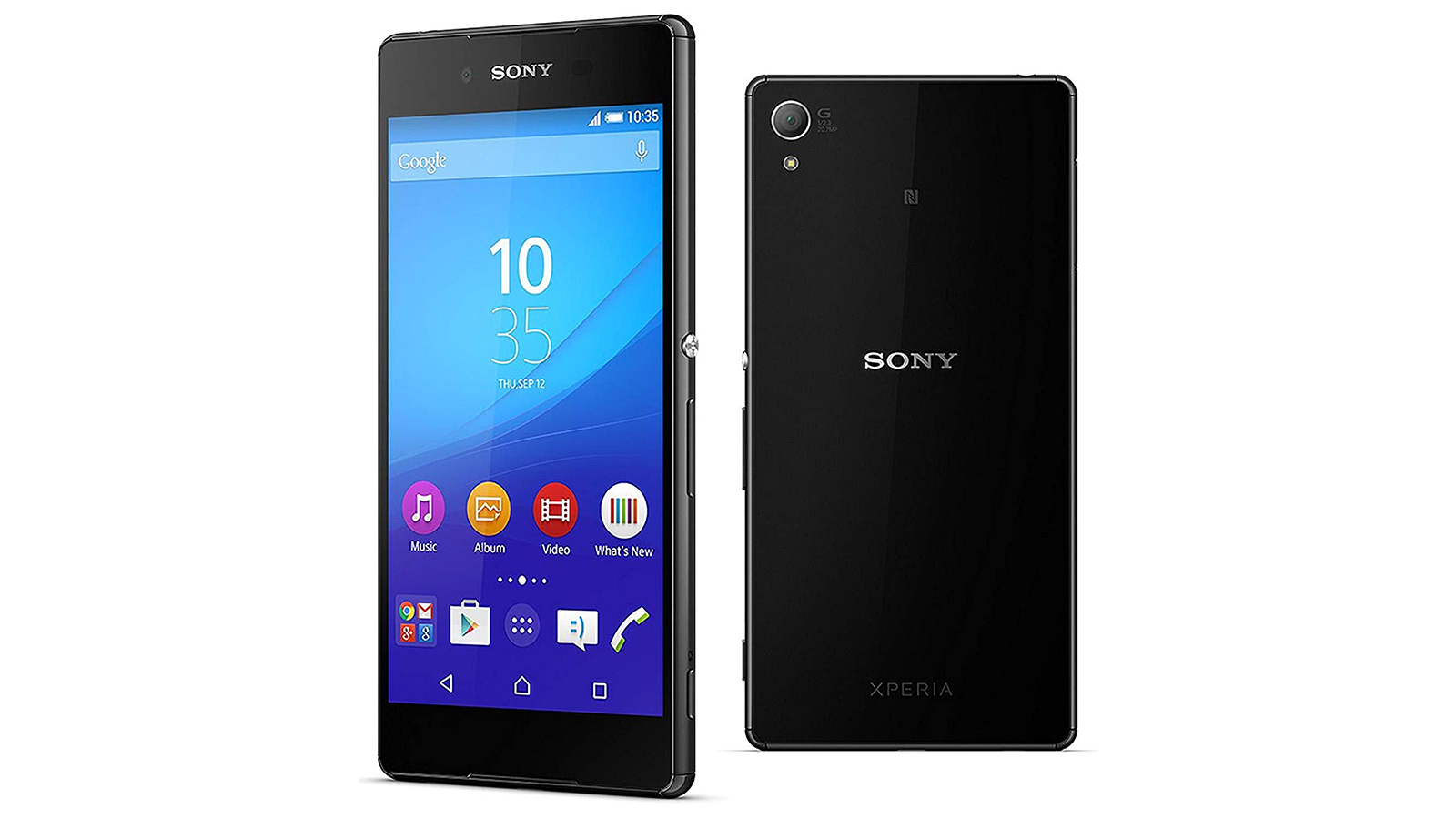
In 2015 Sony briefly experimented with adding a + to the name of its flagship phones, though if you were in Japan you would have known this phone as the Sony Xperia Z4 – something else that hasn't changed much down the years is Sony's fondness for an unconventional naming strategy when it comes to its smartphones.
Again, the upgrade was a rather minor one, which is going to happen if you're releasing two flagships per year. The processor got a bump to the Qualcomm Snapdragon 810 and the base level storage increased to 32GB storage, though the 3GB of RAM stayed the same and so did the 20.7MP camera. The LCD screen was once again a 5.2, 1080 x 1920 pixel affair, though the software jumped to Android 5.0.1 Lollipop.
Besides commenting on the iterative nature of the update and the odd choice of moniker for the phone, our Sony Xperia Z3+ review highlighted the impressive, waterproof design of the handset and its competitive price point, for the time. In the end though, we concluded that it didn't have the "wow factor" we were hoping for.
Sony Xperia Z5 (2015)
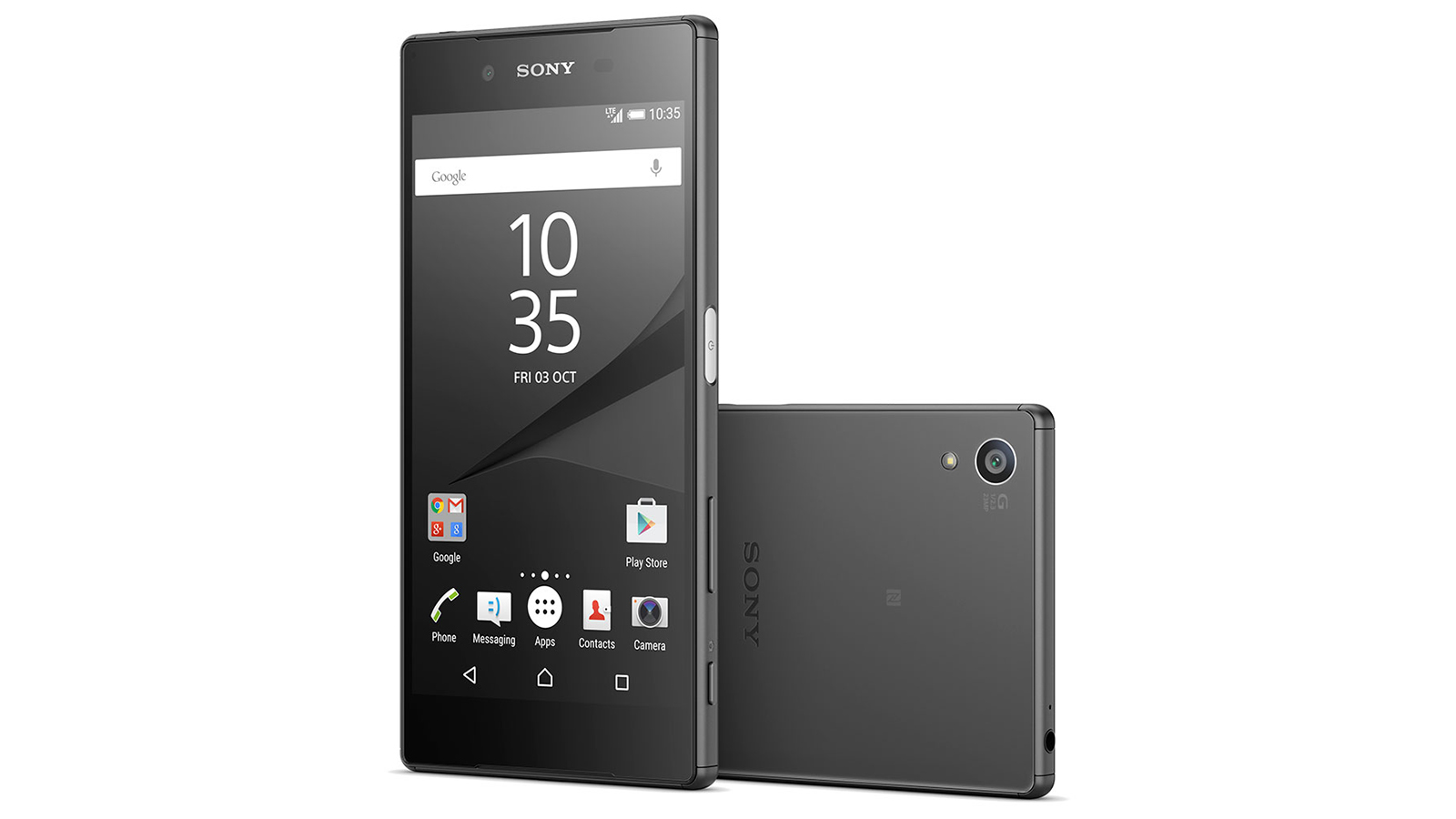
The next flagship that Sony put out in 2015 was the Xperia Z5, which at last gave us a significant upgrade, at least in the design – remember that if you changed your phone every two years, you would be four Xperia flagships down the line based on Sony's launch strategy at the time. This phone significantly improved the design of the Xperia devices, and was the first to add a fingerprint sensor, in the power button.
As far as the specs go, the processor, RAM, storage and screen were the same as on the Xperia Z3+, so not much had changed there. The rear camera did get an upgrade to 23MP however, and it's worth mentioning that there was also a Z5 Compact and a Z5 Premium (with a bigger screen and bigger battery). Android 5.1.1 Lollipop was on board.
Our review of the Sony Xperia Z5 was full of compliments for the new design – with a frosted glass back and fewer flaps to protect the sockets from water and dust – and we also liked the new fingerprint sensor and the improvements in battery life. The Z5 is definitely one of the better Xperia flagships we've seen down the years.
Sony Xperia X (2016)
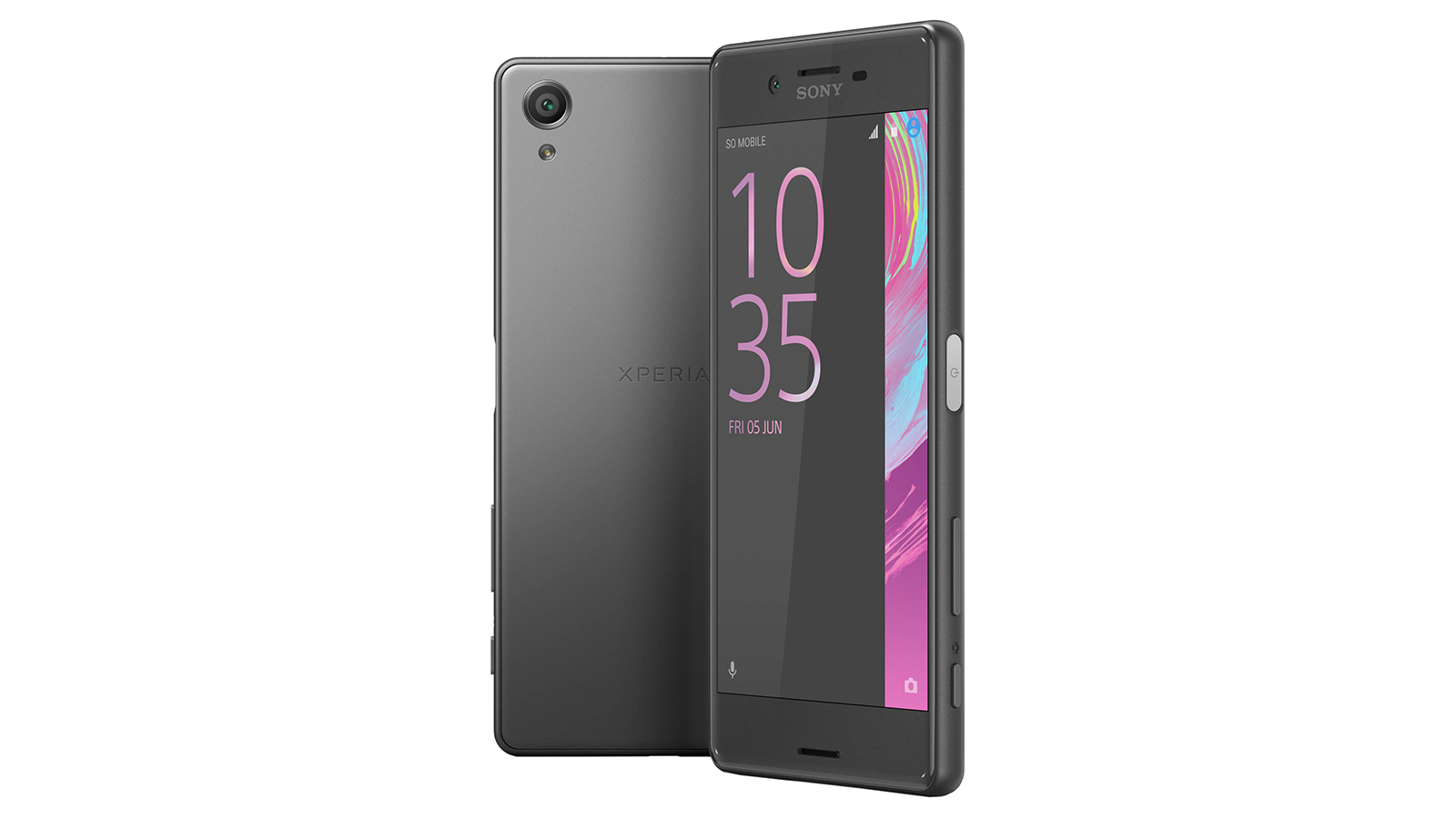
And so to the Sony Xperia X, with Sony now apparently moving backwards through the alphabet for some reason. There was a lot of choice here, with a more powerful Xperia X Performance, a cheaper X Compact, and a budget Xperia XA launched at the same time – yes, we were pretty confused back then too.
The main Sony Xperia X came rocking a Qualcomm Snapdragon 650 processor, 3GB of RAM and up to 64GB of internal storage, with Android 6.0.1 Marshmallow on software duties. The rear camera was a 23MP module again, while the 1080 x 1920 pixel resolution LCD screen measured just 5 inches corner-to-corner this time around.
In the TechRadar Sony Xperia X review, the tweaked design and the camera software were two of the highlights picked out for mentions, though the handset ended up being rather underwhelming overall. The screen and the camera continued to be strong selling points for the Xperia phones, even as the line-up became rather needlessly complicated.
Sony Xperia XZ (2016)
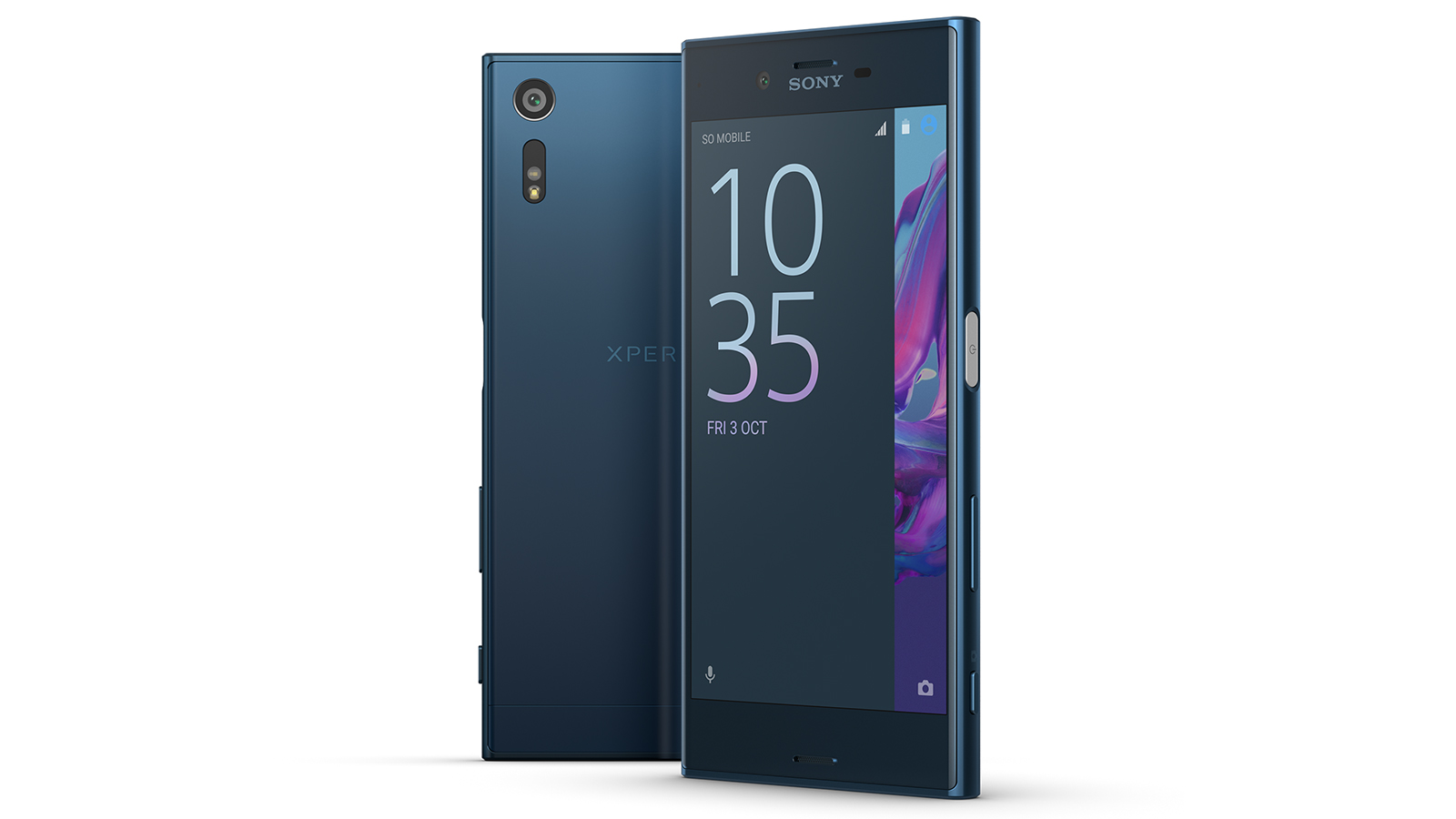
Later in the same year Sony gave us the Sony Xperia XZ, with a top end Snapdragon 820 processor from Qualcomm, 3GB of RAM and up to 64GB of internal storage. In some ways it was the proper successor to the Z5, and it certainly came packed with power and functionality. The phone came running Android 6.0.1 Marshmallow, like the Xperia X.
The 5.2-inch LCD screen once again ran at a 1080 x 1920 pixel resolution, and there was once again a 23MP camera around the back. With a couple of flagship releases every year, plus plenty of other sub-flagship phones as well, it hasn't always been easy to spot where the upgrades have been in the Xperia series.
Our Sony Xperia XZ review from the time commented on yet more design refinements and camera performance tweaks, while also mentioning how each Xperia flagship wasn't all that different from the one that came before it. There was a cheaper XZs and a more expensive XZ Premium (with a bigger, higher resolution screen) a few months afterwards too, as if there weren't already enough Sony phones to pick from.
Sony Xperia XZ1 (2017)
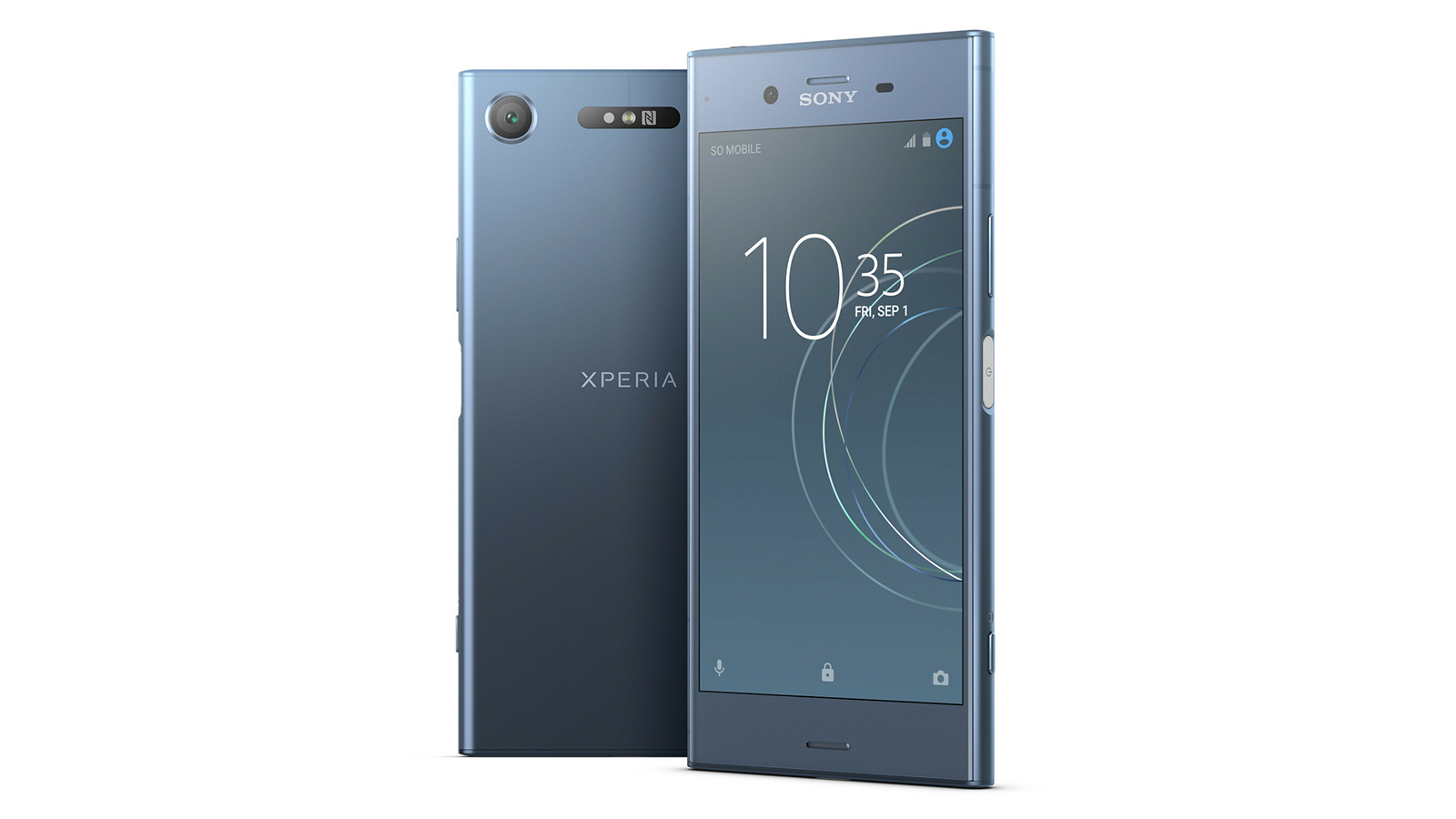
Having added an extra letter last time out, Sony decided to add an extra number here, with the Sony Xperia XZ1 following the Sony Xperia XZ (keep up at the back). The software jumped all the way to Android 8.0 Oreo, while there was a Qualcomm Snapdragon 835, 4GB of RAM and 64GB of storage under the hood.
The LCD display was – yes you've guessed it – a 5.2-inch, 1080 x 1920 pixel panel, while on the rear of the phone Sony had fitted a 19MP camera (at this point manufacturers and users alike were starting to realize that megapixel ratings weren't the only factor to consider in terms of camera quality).
Our Sony Xperia XZ1 review listed the display, battery, processor and camera as core elements that Sony had got right, but the phone didn't particularly excel in any area. While this is the only entry in this list for 2017, the Xperia XZ Premium and Xperia XZs mentioned above came out earlier in 2017, rather than in 2016 with the Xperia XZ – so Sony wasn't really slowing down much.
Sony Xperia XZ2 (2018)
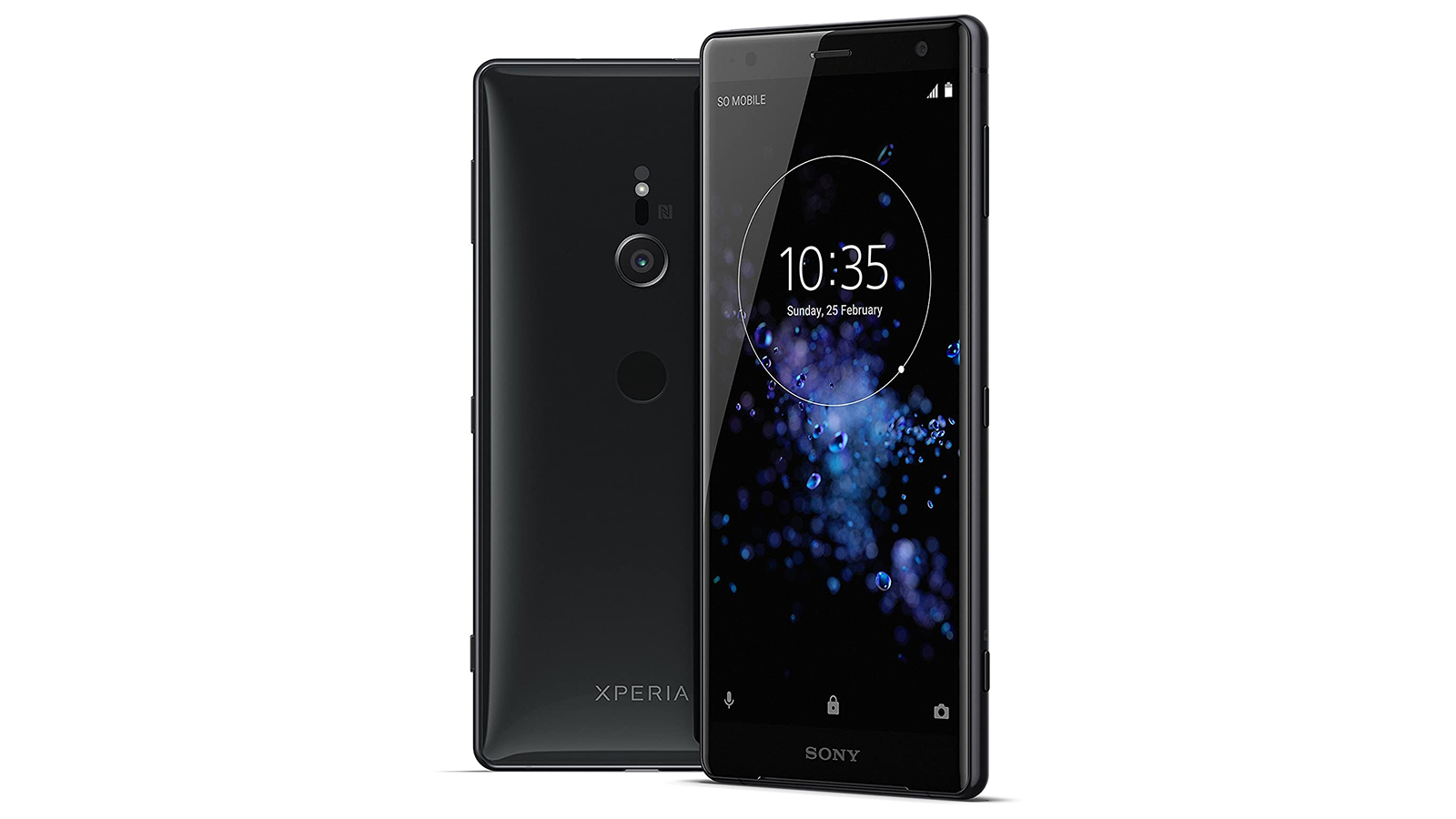
The Xperia XZ2 name made sense at least, following on from the XZ1 (lingering confusion over the Xperia Z, the Xperia X, and the Xperia XZ notwithstanding). This time around Sony expanded the LCD display to 5.7 inches, with a 1080 x 2160 pixel resolution and an elongated 18:9 aspect ratio. Android 8.0 Oreo was again on board, with the same 19MP rear camera module used too.
Performance got a boost, with the Qualcomm Snapdragon 845 on duty and the internal specs going up to 6GB of RAM and 64GB of internal storage. This was one of the more major Xperia upgrades, and it was also the first Xperia flagship with wireless charging. It launched alongside the XZ2 Compact and XZ2 Premium variants as well.
In the TechRadar Sony Xperia XZ2 review, we were once again frustrated: Sony was continuing to do a lot right with the Xperia line of flagships, but a few issues (including the refusal to upgrade the display resolution) continued to hold it back. With the iPhone X having launched the year before, the thicker display bezels were starting to look a little outdated as well.
Sony Xperia XZ3 (2018)
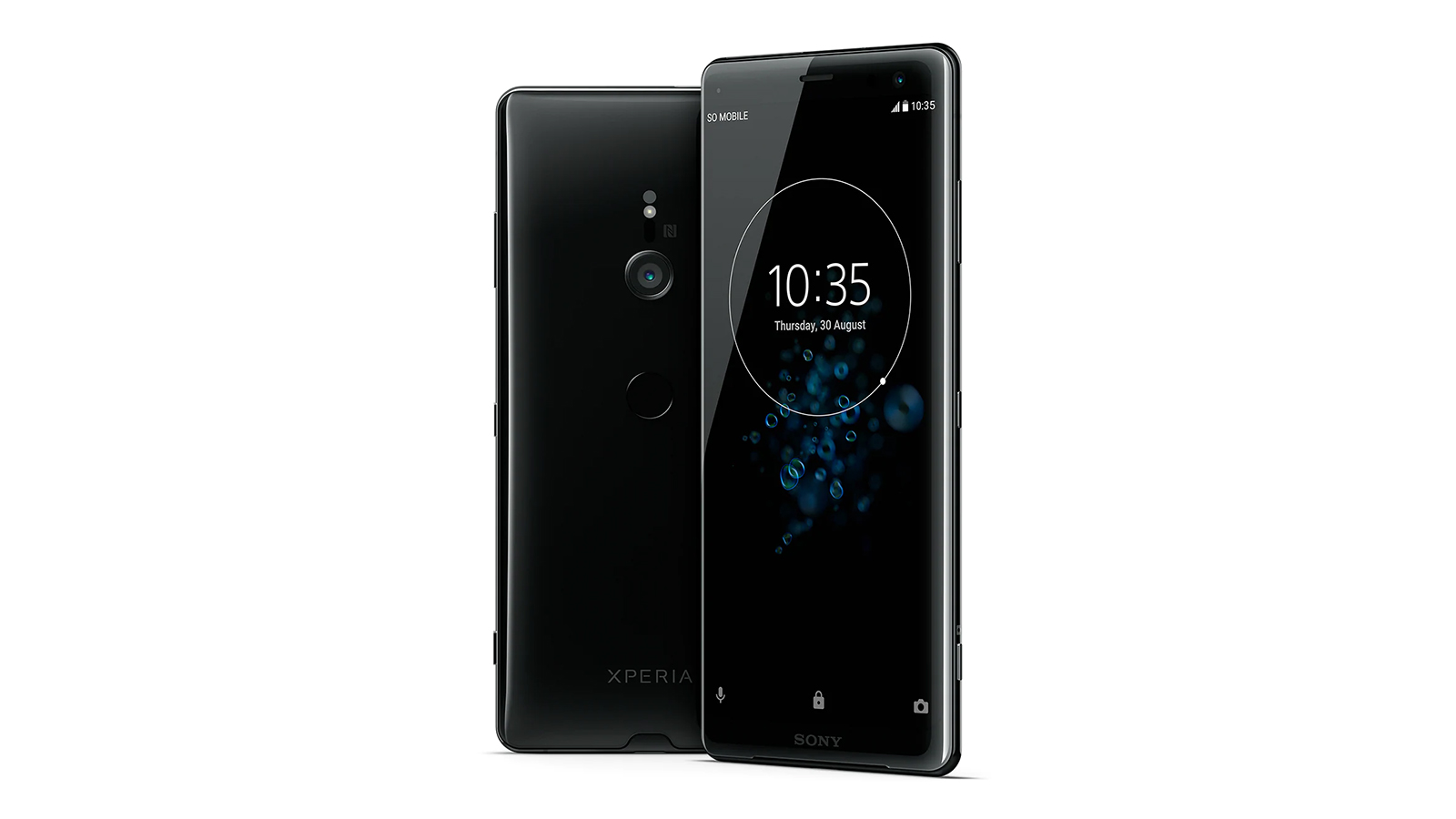
Sony wasn't quite done with its two-flagships-per-year policy in 2018, and so the Xperia XZ3 followed not long after the Xperia XZ2. This was actually quite a substantial upgrade in some areas, though the internal processor, RAM and storage specs stayed the same, as did the rear camera.
What did change was the display: the size grew to 6 inches, the bezels slimmed down, the resolution was boosted to 1440 x 2880 pixels, and Sony used an OLED screen on its Xperia range for the first time. The phone came with the latest Android 9.0 Pie software as well, giving consumers another reason to pick up the handset.
In the Sony Xperia XZ3 review, that new and improved display came in for a lot of praise – it was one of the first OLED phones to market, and Sony deserves a lot of credit for it. We were less enamored by the fingerprint scanner placement, though overall the phone was a real success for Sony (in our eyes at least).
Sony Xperia 1 (2019)
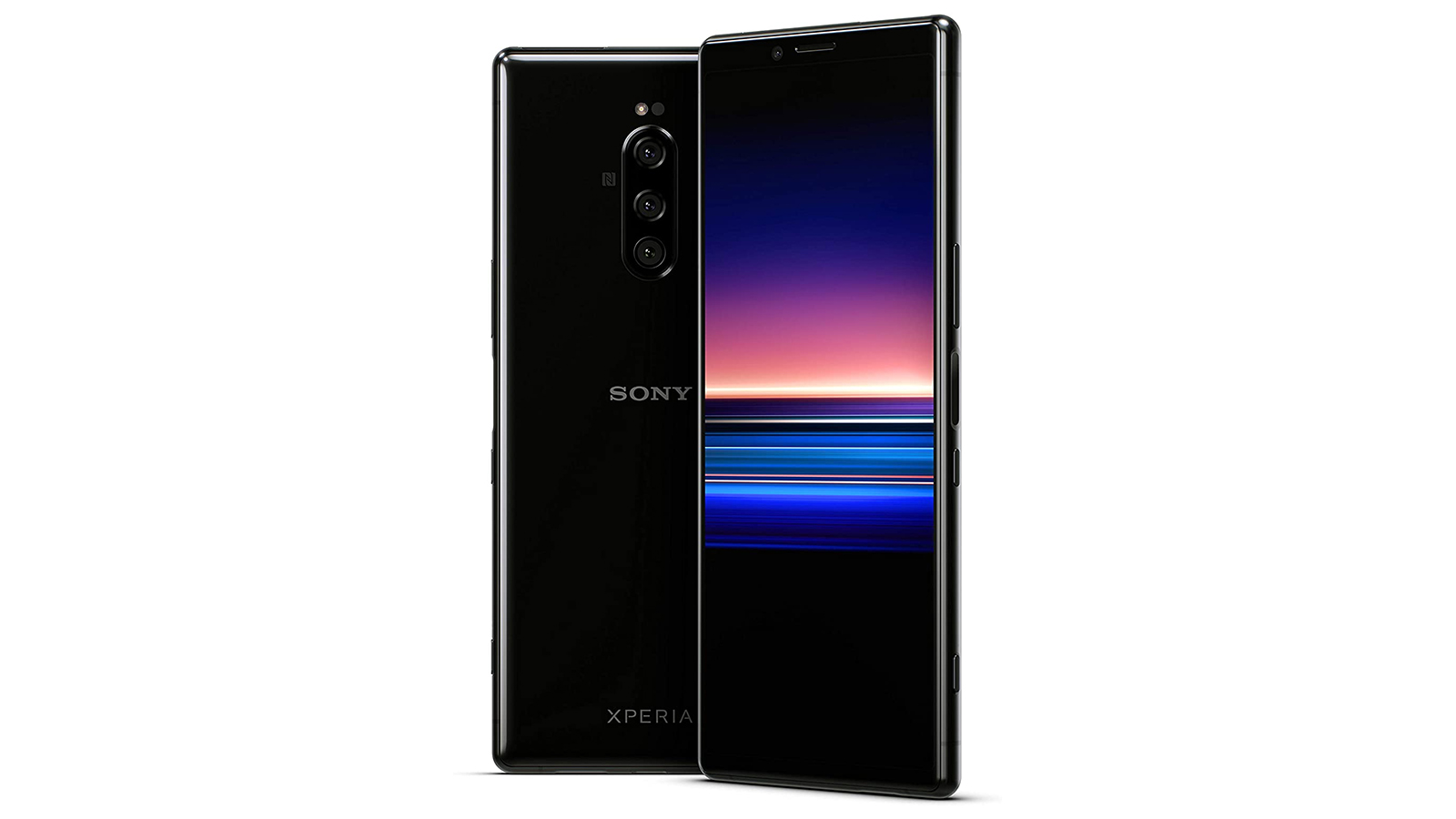
In 2019 Sony decided to ditch the letters and start again with the numbers, and the Sony Xperia 1 was a powerhouse of a phone: it offered a Qualcomm Snapdragon 855 processor, 6GB of RAM, and up to 128GB of internal storage, and it came sporting a 6.5-inch, 1644 x 3840 pixel resolution OLED display.
At long last there were multiple cameras on the back – a triple-lens 12MP+12MP+12MP array in this case – although for some reason the wireless charging disappeared again, and at launch the handset was only running Android 9.0 Pie like its predecessor. Despite those caveats, this was a flagship phone in just about every way.
Our Sony Xperia 1 review praised the 4K HDR OLED display – a stunning 21:9 aspect ratio screen – and it seemed to be aimed particularly at people who were wanting to make movies with their phones. A few months later we also got the Sony Xperia 5, a cheaper and more compact version of the phone (the new Compact edition, basically).
Sony Xperia 1 II (2020)

The last phone in our potted history of Sony Xperia flagship handsets is the Sony Xperia 1 II, with Sony again proving that it was the best at coming up with confusing naming strategies. While the display dimensions and resolution stayed the same, the internals got upgraded to a Qualcomm Snapdragon 865 chipset, plus up to 12GB of RAM and up to 256GB of internal storage – seriously high-level specs.
The triple lens 12MP+12MP+12MP rear camera was a slight upgrade over the Xperia 1 (the optical zoom increased, for example), while this time Android 10 was on board the phone when it launched. Even better, wireless charging was back, and this was the first Sony flagship phone to come with 5G (though not in the US).
Our Sony Xperia 1 II review puts the emphasis on the large size of the handset and that dominating display, while also mentioning the strong performance you can get from this phone. It was undoubtedly the best Sony Xperia phone to date when it launched, but it had some quirks of its own, and it came at a high price.

Dave is a freelance tech journalist who has been writing about gadgets, apps and the web for more than two decades. Based out of Stockport, England, on TechRadar you'll find him covering news, features and reviews, particularly for phones, tablets and wearables. Working to ensure our breaking news coverage is the best in the business over weekends, David also has bylines at Gizmodo, T3, PopSci and a few other places besides, as well as being many years editing the likes of PC Explorer and The Hardware Handbook.